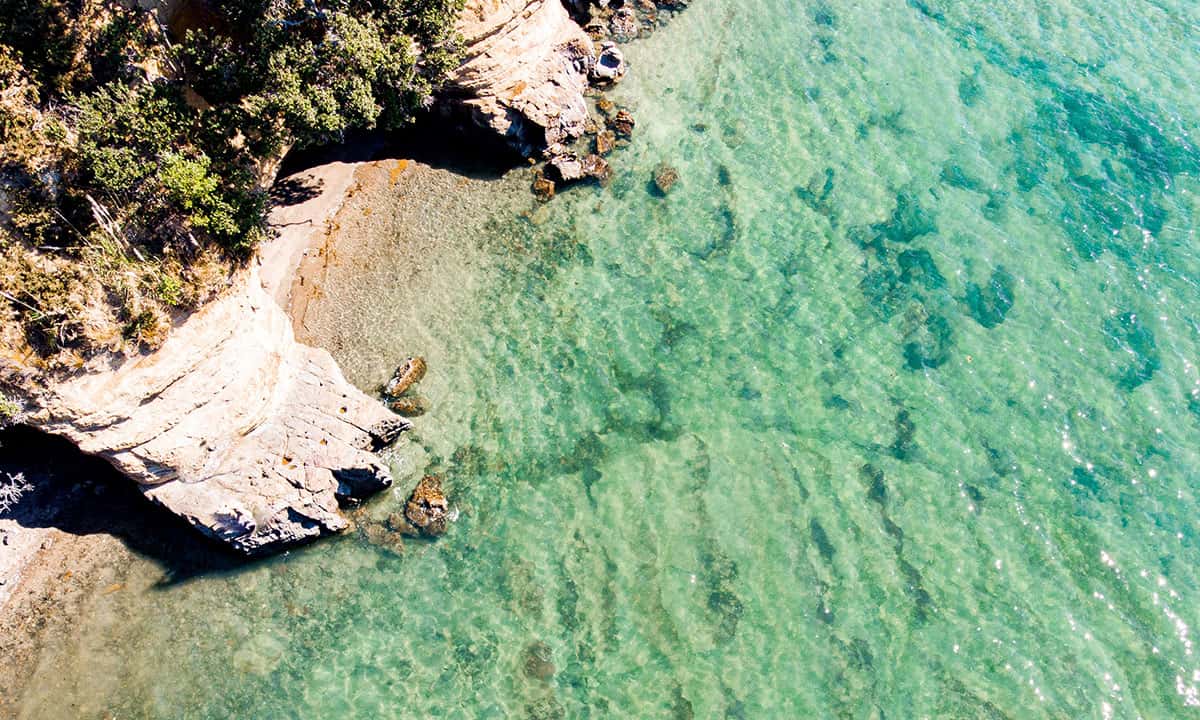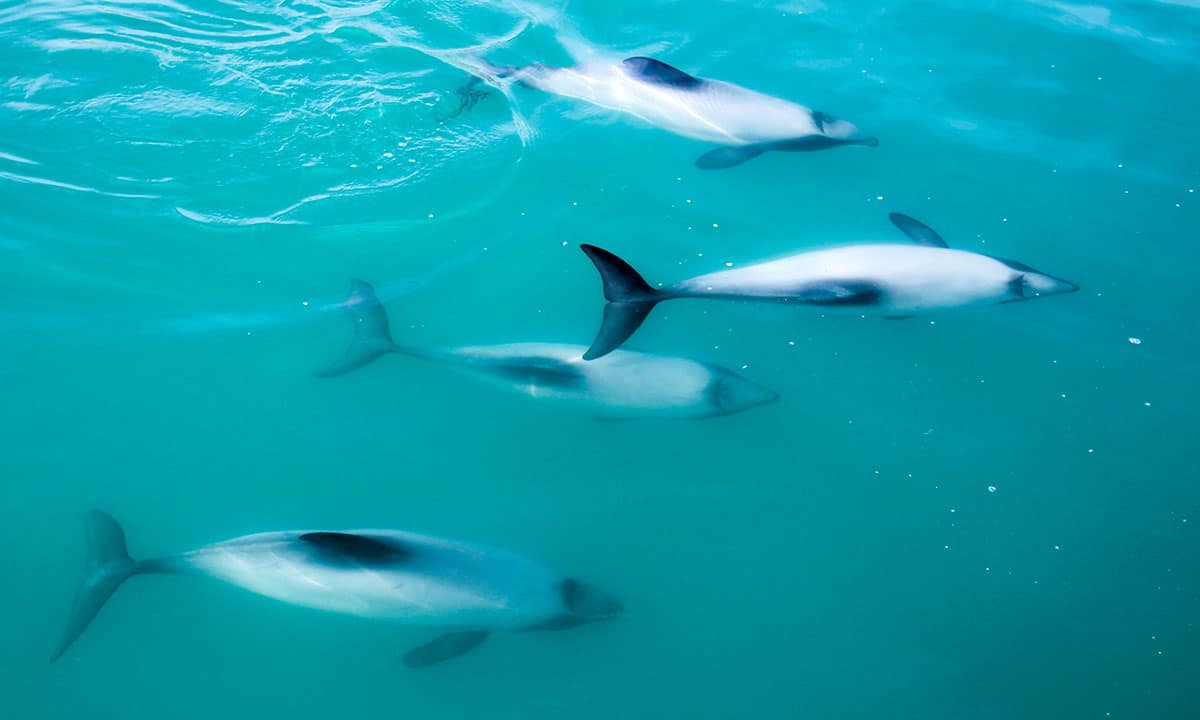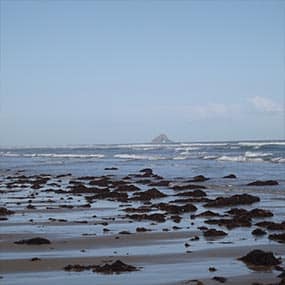Environmental Interactions
Cawthron Institute is home to New Zealand’s largest aquaculture monitoring and impact assessment team.

Environmental Interactions
Cawthron Institute is home to New Zealand’s largest aquaculture monitoring and impact assessment team.
Cawthron’s monitoring and impacts assessment team has over 30 years experience developing practical and novel approaches to monitoring the farming environment. This includes eDNA monitoring technologies to assess seabed conditions beneath farm sites and the use of data buoys to allow marine farmers to remotely monitor conditions at their farming sites.
Environmental Monitoring and Consents
We are leaders of research into the effect of aquaculture on the environment. Our recent reviews of the effects of finfish and bivalve aquaculture in New Zealand have helped to direct local and central government coastal marine policy. Our capabilities include:
- offering assessments of ecological and environmental effects (AEE)
- consent monitoring
- modelling and mitigation of potential effects
- adaptive management planning
- benthic mapping
- depositional modelling
- water column monitoring, and
- modelling and monitoring effects on marine mammals

Habitat Mapping
Being able to characterise the spatial distribution, quality and quantity of offshore, coastal (and freshwater) resources is fundamental to understanding aquatic ecosystems and undertaking sustainable offshore aquaculture operations. Cawthron’s capabilities in this area include:
- subtidal mapping for habitat characterisation and change
- broad-scale mapping of intertidal vegetation and structural habitats
- monitoring of changes in area coverage of intertidal habitats over time
- assessment of past changes in area coverage of intertidal habitats based on historical information
- assessment of the impacts of habitat alterations on ecosystem function, and
- advice on site selection and positioning of aquaculture and other structures

Benthic Assessments
The biological, chemical and physical properties of the sea floor provide valuable information on ecosystem health. Monitoring these properties is an effective way of monitoring the system’s response to environmental and anthropogenic influences including aquaculture operations. We have extensive experience with sea floor (benthic) environments, including aquaculture monitoring surveys. Cawthron’s capabilities in this area include:
- underwater video surveys and photography
- biota collection (infauna and epifauna)
- sediment collection
- habitat mapping
- marine growth surveys
- deployment of scientific equipment (e.g. Acoustic Doppler Current Profiler/ADCP)
- artificial substratum experiments
- species abundance data collection (e.g. ecologically sensitive species)
- infauna and epifauna taxonomy
- scientific dive surveys
- molecular tools, and
- sediment ecotoxicity
